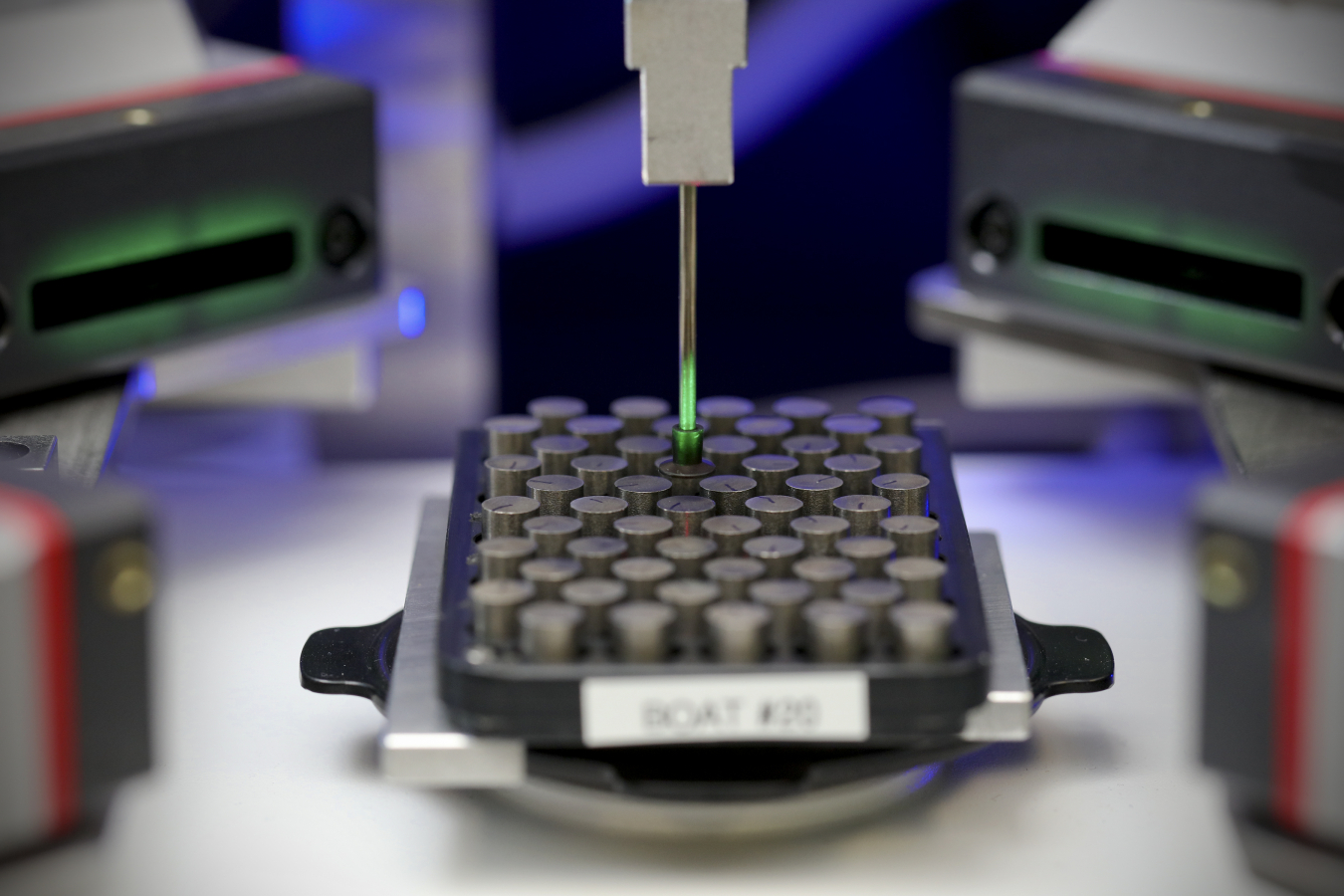 The US Department of Energy (DOE) has shipped 0.5 kilograms of heat source plutonium oxide from Oak Ridge National Laboratory (ORNL) to Los Alamos National Laboratory (LANL). It will support future NASA deep space missions that rely on radioisotope power systems, such as the upcoming Dragonfly mission. Dragonfly will be powered by a radioisotope power system called a Multi-Mission Radioisotope Thermoelectric Generator.
The US Department of Energy (DOE) has shipped 0.5 kilograms of heat source plutonium oxide from Oak Ridge National Laboratory (ORNL) to Los Alamos National Laboratory (LANL). It will support future NASA deep space missions that rely on radioisotope power systems, such as the upcoming Dragonfly mission. Dragonfly will be powered by a radioisotope power system called a Multi-Mission Radioisotope Thermoelectric Generator.
DOE achieved a milestone in June in its capacity to package and transport plutonium-238, a key ingredient in radioisotope power systems used in deep space missions from Voyager to the Mars Perseverance rover.
This delivery of heat source plutonium oxide was an order of magnitude greater than previous shipments. It was completed in partnership with NASA, who sponsored the installation of equipment to expand ORNL’s packaging capability.
It was the largest shipment of new heat source plutonium oxide since DOE restarted domestic plutonium-238 production more than a decade ago and strengthens the US supply chain. With this delivery, DOE remains on track to meet its average production target of 1.5 kilograms a year of heat source plutonium oxide by 2026.
Dr Kathryn Huff, Assistant Secretary for Nuclear Energy said bringing the packaging capability online ORNL “demonstrates the Department’s commitment to our partnership with NASA”. DOE and NASA “are working to ensure that a viable end-to-end capability to produce radioisotope power systems for deep space use exists within the US for decades to come.”
With the closure of the K-reactor at Savannah River Site in the late 1980s, the US lost its ability to produce plutonium-238 for space exploration. However, over a decade ago, NASA and DOE agreed to re-establish a robust domestic supply chain of plutonium-238 to ensure a reliable source of fuel for future missions.
To produce the fuel for NASA spacecraft DOE uses the High Flux Isotope Reactor at ORNL and the Advanced Test Reactor at Idaho National Laboratory (INL) to produce plutonium-238 by irradiating targets in both reactors. The targets are processed into heat source plutonium oxide at ORNL, which is then shipped to LANL to be manufactured into fuel clads. From there, the fuel clads are sent to INL, where the fuel is loaded, tested, and shipped to NASA’s Kennedy Space Center in Florida for launch.
Radioisotope power systems convert heat generated by the natural radioactive decay of plutonium-238 into electrical power. These systems have powered more than two dozen US space missions and are capable of producing heat and electricity under the harsh conditions in deep space for decades without any maintenance.
The first NASA mission to use new plutonium-238 produced by DOE was NASA’s Perseverance rover, which landed on Mars in 2021 and continues to explore the surface of the planet today.
Image: Oak Ridge National Laboratory has developed an automated metrology system for production of Pu-238 pellets (courtesy of ORNL)






